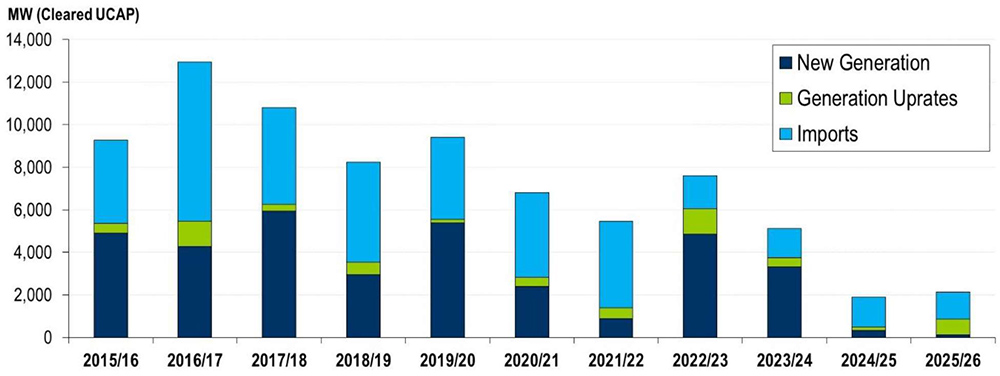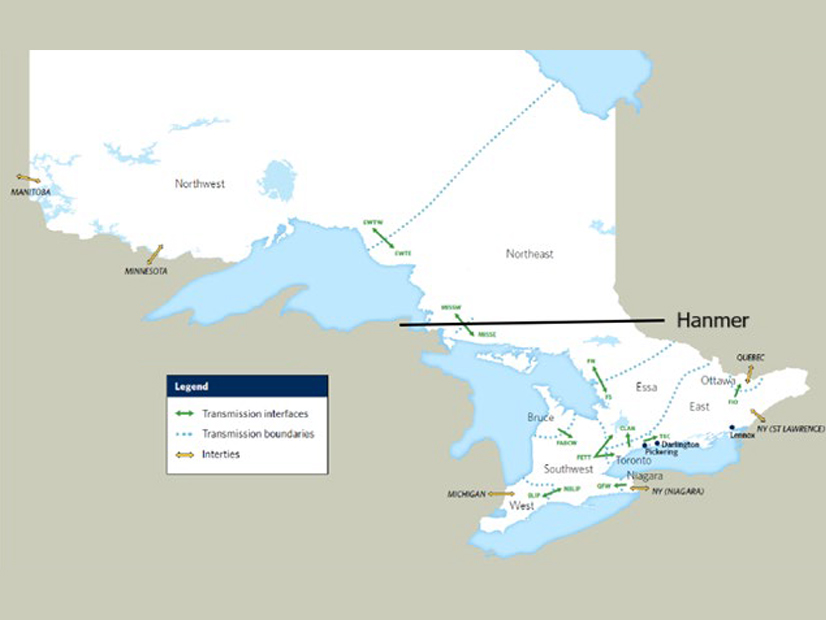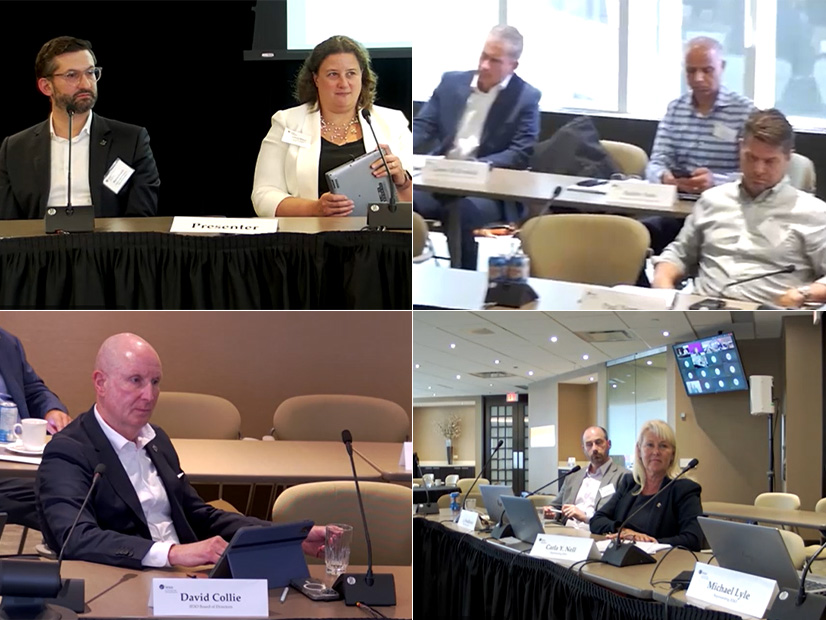New York Gov. Kathy Hochul announced the first of three solicitations for bulk energy storage July 28 as part of the state’s goal of deploying 6 GW by 2030.
Each solicitation aims to procure 1 GW of energy storage. The awarded projects must have an in-service date of Dec. 31, 2030.
The New York State Energy Research and Development Authority is administering the request for proposals through its Bulk Energy Storage Program. The procurement is technology-neutral, but projects with durations of less than eight hours must use technologies that previously have been commercially deployed and interconnected, though not necessarily within the state.
Projects over eight hours must score an 8 or higher on NYSERDA’s “technology readiness level” scoring system, indicating that demonstration-scale projects or technologies near commercialization are eligible to apply. They also must submit a plan that includes a “reasonable pathway” to securing an interconnection agreement.
NYSERDA will compensate project owners with Index Storage Credits, each representing 1 MWh of energy storage capacity that is operational and available to discharge. Projects will be credited and compensated based on the operational capacity they achieve each month over the course of 15- to 25-year contracts.
No ISCs will be paid out for a project until it is permitted, installed and operating. The projects also must pass a peer review process and quality assurance inspections.
NYSERDA-supported energy storage projects will be contractually obligated to meet new safety codes adopted recently into the Uniform Code by the State Fire Prevention and Building Code Council. The codes do not go into effect until next year, but NYSERDA already has adopted them into all of its storage programs. Each project also must submit a safety and security plan.
“Battery energy storage is key to keeping New York’s electrical grid reliable, storing power for when it’s needed most, especially during peak demand and extreme weather,” New York City Fire Department Commissioner Thomas Von Essen and other former fire officials said in a press release released the same day as Hochul’s announcement. “With proper oversight, clear protocols and continued training for emergency responders, battery energy storage can and should be safely integrated into our communities.”
The state seeks a minimum of 35% of the procured capacity to be deployed in New York City, its upstate suburbs and Long Island, with 30% in the city.
Developers have the option to submit an analysis of whether their projects will provide “electricity system value”: how they impact the grid in terms of current reliability, future reliability, renewable integration, renewable curtailment and peaker plant displacement.
Project developers also need to conduct an analysis of their sites for flood risk, sea-level rise and extreme weather. If a climate risk is identified, the developer needs to address reliability and performance in the face of climate hazards.
“Today’s action is another example of New York’s ongoing commitment to strengthening our grid, ensuring the state continues to have a more affordable and reliable electricity system now and well into the future,” Hochul said.
“Energy storage will provide many benefits to a modern power grid, including the ability to fully harness our most cost-effective energy solutions in wind and solar,” Alliance for Clean Energy New York Executive Director Marguerite Wells said in a statement. “We thank Gov. Hochul for putting ratepayers first by prioritizing this safe and important technology.”





